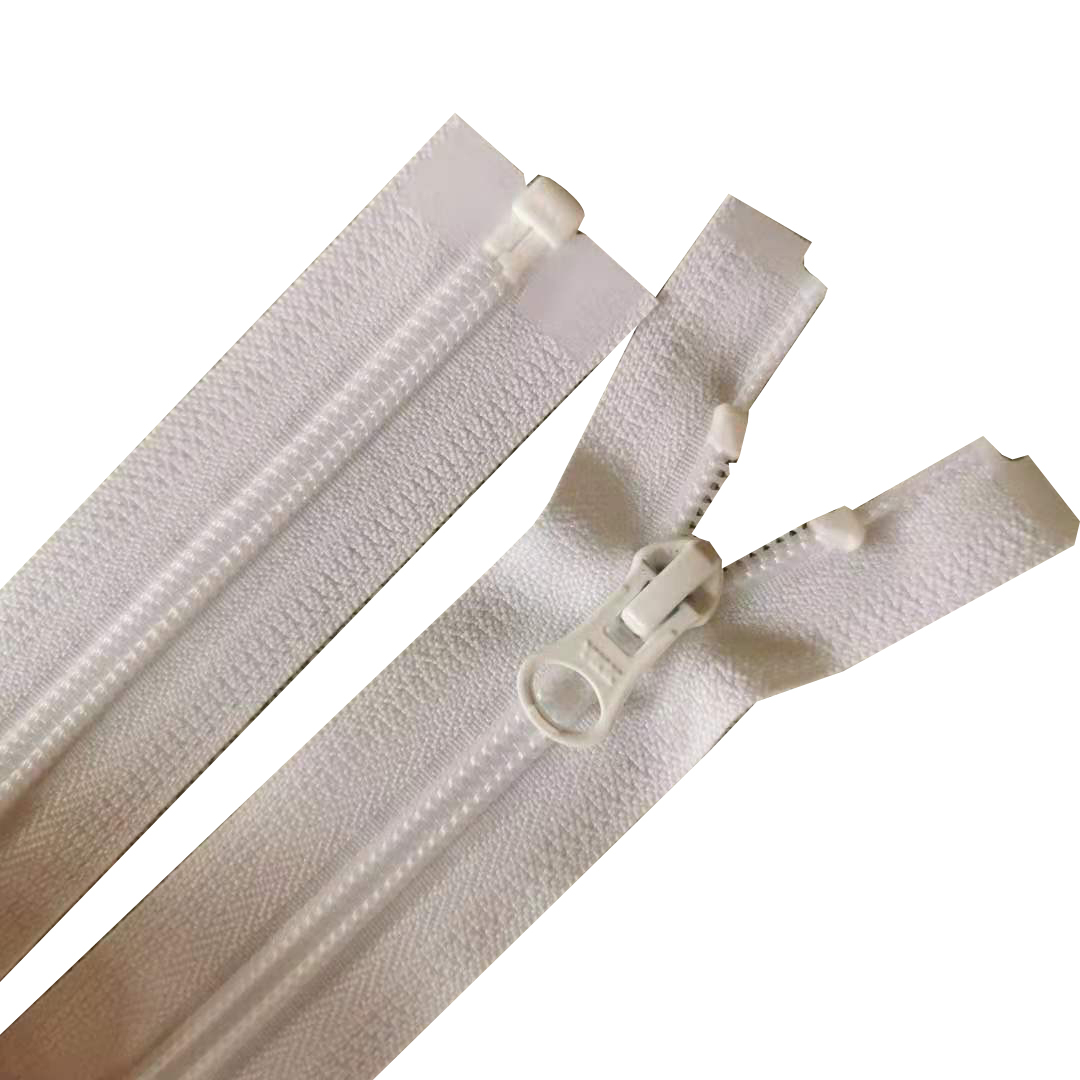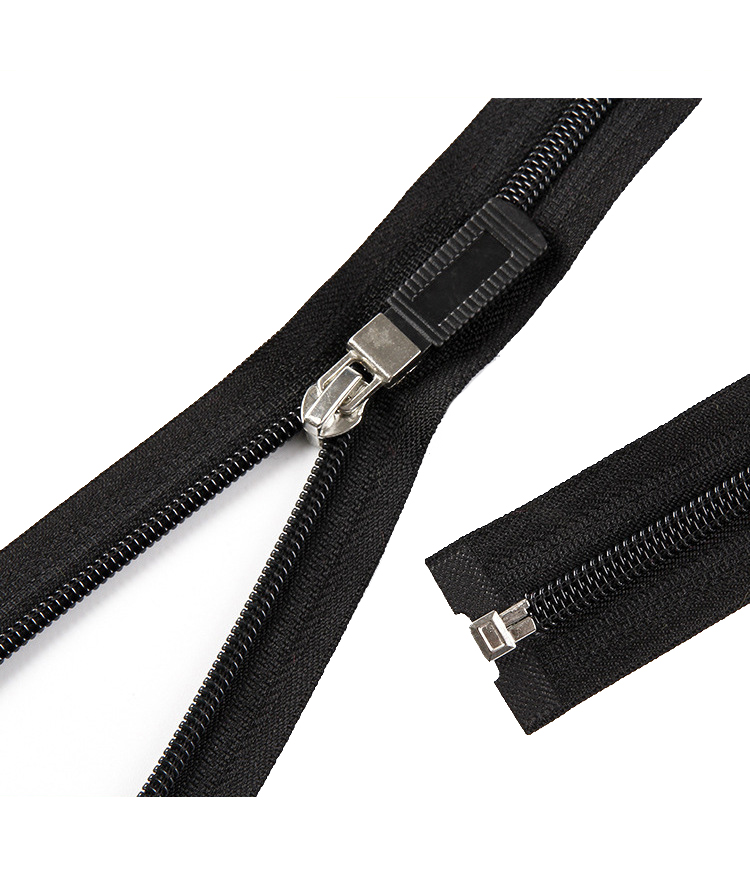Bed Sheet Zipper Manufaturing Solution
The main type of zipper commonly used for bed sheets is nylon zipper. Nylon zippers are composed of nylon monofilaments wrapped around the centerline through heating and compression molding. They are lightweight, wear-resistant, and elastic, and are suitable for lightweight clothing, children's clothing, pajamas, down jackets, and more. Specifically, the No. 3 nylon zipper is commonly used for bed sheets and duvet covers. This zipper has high strength and can effectively prevent the zipper from bursting.
Suggestion: Choose 3 # resin closed zipper for regular beds, 5 # open zipper for duvet covers, and invisible nylon zipper for high-end models.
Key points of production process
1. Preparation before sewing
Pre shrinking treatment: The zipper tape and fabric should be washed in the water first to avoid deformation caused by different shrinkage rates.
Ironing and tidying: Use low-temperature ironing to flatten the zipper tape to prevent twisting during sewing.
2. Sewing method
(1) Flat sewing method (conventional sewing)
Suitable for ordinary bed sheets and duvet covers.
Steps:
Align the zipper face down with the edge of the bed sheet opening.
Fix with bead needles or loose stitches, and sew 1cm away from the edge.
Flip the fabric and reinforce it with 0.5cm visible thread.
(2) Invisible zipper sewing method
Suitable for high-end bedding, requiring the use of invisible zipper feet.
Steps:
Place the zipper teeth facing downwards and press the invisible presser foot tightly against the tooth gap.
After closing, check if it is completely hidden and there are no exposed traces.
(3) Edge stitching method (preventing burrs)
Suitable for easily detachable fabrics such as linen and silk.
Steps:
Wrap the edges of the zipper with edge banding first.
Sew it back onto the bed sheet to ensure there are no burrs.
3. Key details
✅ Zipper length=opening length+2-3cm (reserved operating space).
✅ Suture selection: Use high-strength polyester thread to avoid frequent washing and breakage.
✅ Pulling reinforcement: Stitch the head and tail three times to prevent thread detachment.
✅ Test pull in: After sewing, repeatedly pull in and check for smoothness.



